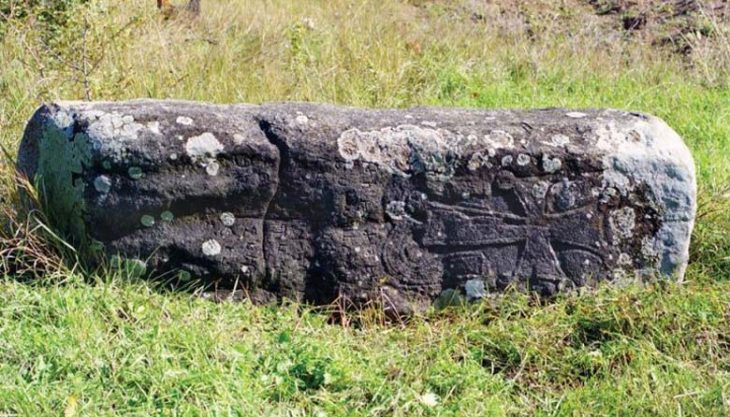In Russian – https://aga-tribunal.info/icc-29-12-2021/
Source: web site “Persecution” of International Christian Concern, December 29, 2021
Armenia’s Cross-Stones: A Symbol of Heroism
On November 14, 2021 three cross-stones (Armenian: Khachqar) found their new place in Yerablur Military Memorial Cemetery. Since 1988 the cemetery has become the burial place for thousands of Armenian soldiers who lost their lives during the Nagorno-Karabakh (Armenian: Artsakh) wars.

Khachqar is an Armenian unique cross-stone monument and well-known characteristic of medieval Christian Armenian art. The cross-stone is a carved, memorial slab bearing a cross, often with additional motifs such as rosettes, interlaces, and botanical motifs. The first true khachqars appeared in the 9th century and were erected for the salvation of the soul of either a living or a deceased person. They also were used to commemorate a military victory, the construction of a church, or as a form of protection from natural disasters. The most common location for early khachqars was in a graveyard.
Currently there are hundreds of khachqars worldwide, many of which are memorials to commemorate the victims of the Armenian genocide in the Ottoman Empire by Turks. They have been placed in various locations, including at the Vatican Museum, Canterbery Cathedral’s memorial garden, St. Mary’s Cathedral, Sydney and many other places. Museums all around the world have acquired or received donations of Armenian khachqars or temporarily represented them at significant exhibitions, including the British Museum, the Metropolitan Museum of Art and the Special Exhibition of the National Museum of Ethnology, Osaka, Japan.

The cultural genocide against Christians, including Armenians, Assyrians and Greeks, by Turkey during the Ottoman genocide and by Azerbaijan during the all three Artsakh wars is a component of the physical genocide of the Armenian people. The persecution of the Christian Armenian community intends to obliterate any vestiges of their existence on their ancestral lands, which they have inhabited for centuries. These two aggressor countries – Turkey and Azerbaijan – lead not only the two worst crimes of the recent centuries against the Armenians but also are responsible for the cultural genocide of these people.
Armenians faced deportation during both, walking the roads carrying heavy, sacred khachqars to their new places to avoid leaving them to a Muslim enemy to be destroyed. The ceasefire agreement that ended the 2020 Artsakh War handed jurisdiction over 75 percent of the Armenian land to Azerbaijan. This territory contains at least 1,456 Armenian historical and cultural sites, including 161 churches and thousands of khachqars.
The village of Chaylu in the Martakert region of Nagorno-Karabakh was quite a large village of almost 3,000 people until the first Artsakh war of the 1990s. After the heavy fight with Azerbaijan, the village, unfortunately, was completely left to the enemy. In the mid-1990s, survivors of the village moved to another location in Artsakh and founded a new village by renaming it Nor Aygestan. Not long after the move, the khachqars with the names of the fallen soldiers were placed in the village in memory of the martyrs.
During the 44-day Artsakh War of 2020 the male population of the village was primarily the children of the generation killed in the war prior. The generation of the first war took up arms for their land and sacrificed their lives in the fight for the homeland against Turkish-Azerbaijani aggressors. Again, the Armenian people fought for their land. Though the military actions did not reach the border of the village of Nor Aygestan, the village was emptied of Armenians and handed to Azerbaijanis by the November 9th agreement. The villagers had only 24 hours to leave their homes and move to the territory of the Republic of Armenia. The village decided to take with them not their personal belongings but instead the most precious artifact – the khachqars which were consecrated in the name and blood of heroic sons of the first Artsakh war. Today those three khachqars are placed in Yerablur military pantheon as the memorial of the history of sacrifice of one Armenian village in Artsakh and its’ heroic inhabitants.
